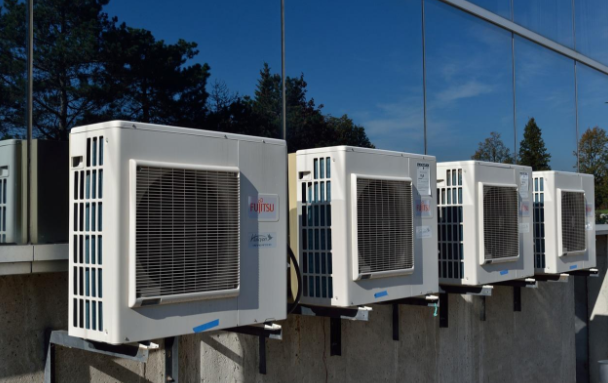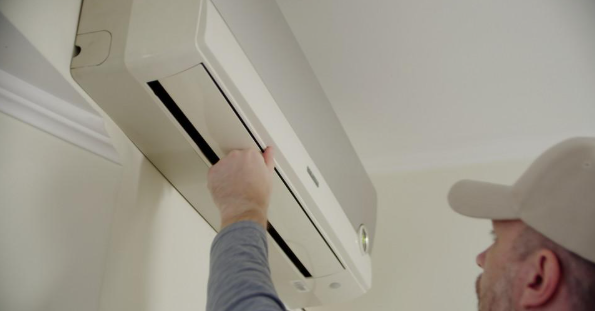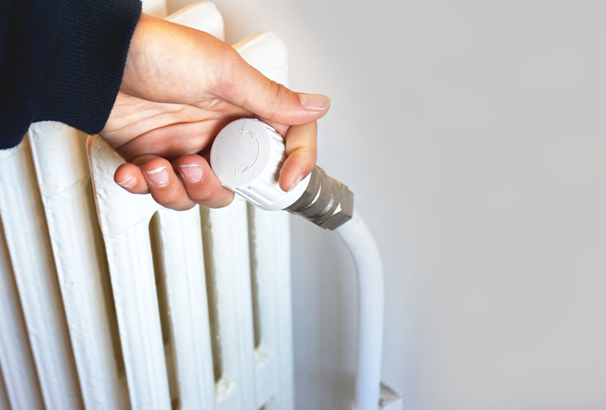The cost of heating our homes has gone up significantly as the cost of energy continues to rise, and as a result, more and more families are seeking the most energy efficient ways to achieve enough heat to stay warm during cold winter months. Before looking at the different heating options for your home, it is important to note that what works well in one setting may not work as well in another. The following heating options touch on a few key points in each type of system.
Central Heat
The two key points to consider when looking at central heat would be the size unit you would need, and the energy efficiency involved. What you should know is that few central heat systems don’t rely in one way or another on the burning of fossil fuels. While you may choose an energy efficient central HVAC system like those reviewed on allthingshvac.com, how is electricity generated in your locale?
Most energy today still uses fossil fuels to produce electricity, so if you think that an electric central heating unit is better for the environment, you could be wrong. On the other hand, they are the best way to heat all areas of the home with one single unit due to the ductwork which carries heated air to vents located throughout the home. Unless you live in a tiny home, central heat is almost always going to be your most efficient option.
Electric Space Heaters
While many people believe that putting space heaters in each room of the house is the most cost-effective way to provide heat throughout, that is actually a fallacy. They may be cheaper to buy, but the cost of running them is way higher than the cost of running one Energy Star compliant central heating unit. It is never recommended that you use kerosene or gas space heaters in the home because of toxicity with potentially fatal results.
Wood Burning Stoves
Wood burning stoves are a good source of heat, but they are typically located in one room. Many homes in the Pacific Northwest still have wood burning stoves but again, like space heaters, the heat is restricted to one, maybe two rooms of a home. Also, some people oppose burning wood because of the CO2 released into the atmosphere and/or the potential for fires. Because they are not as efficient as central heat and have several dangers involved, they are not really a good option for heating your home.
Fireplaces
There is nothing more romantic than sitting before an open fireplace watching the log burn, sending embers up through the flames. Unfortunately, like wood (or pellet) burning stoves, there is always a danger of fire and buildup of creosote in the chimney. If not cleaned regularly, that creosote can ignite a fire that has the potential to level your home.
Newer Heating Technologies
While there are a number of new technologies currently available to heat homes, such as radiant floor heat ductless, mini-split or multi-split units, these technologies are still in their infant stages and extremely expensive to install. There is also much to think about in home design when installing these newer technologies because the type of flooring you install may make a difference such, as would be the case with radiant floor heating.
At the current time, central heat is almost always going to be the most cost-effective and efficient means of heating your home, so take the time to know your options.








